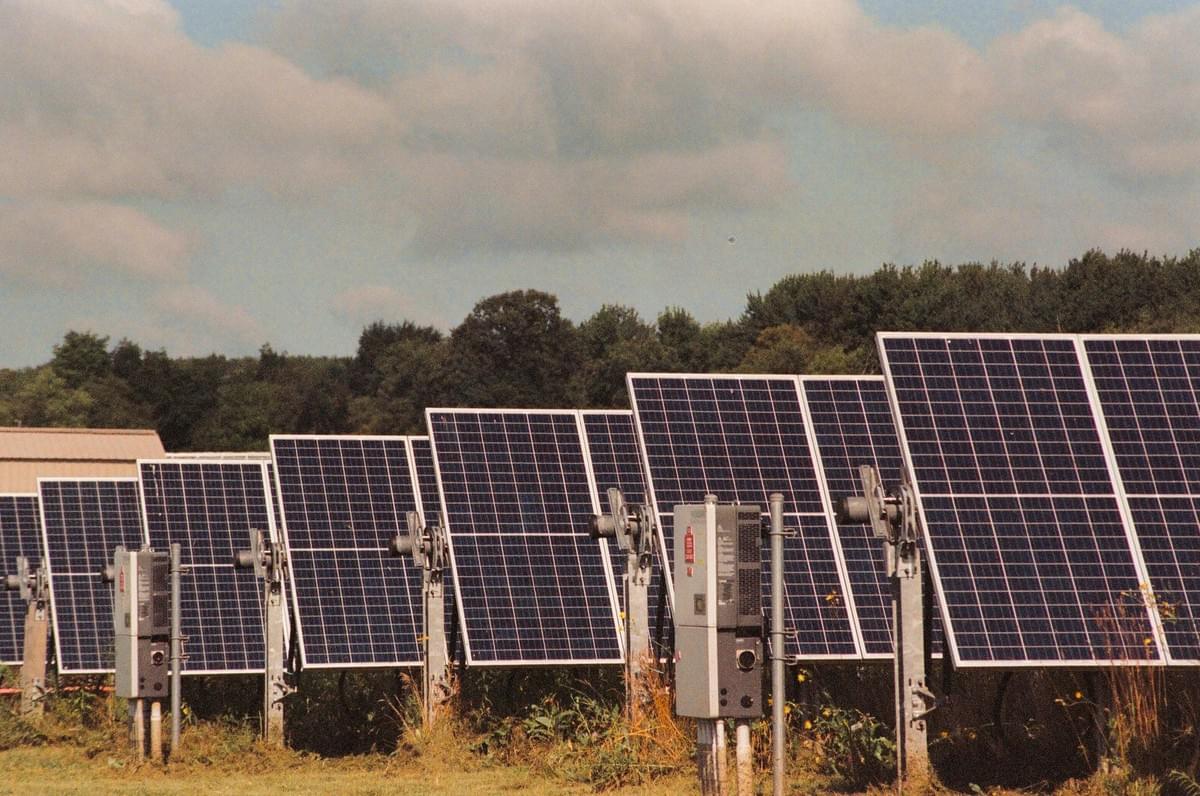
Solar energy's undeniable benefits come with a key challenge: sunlight intermittency. Sunshine availability fluctuates throughout the day and across seasons, leading to variable power generation. This variability can disrupt grid stability and requires solutions to ensure a reliable energy supply.
One established approach is grid integration with other power sources. Conventional dispatchable generators, like natural gas plants, can ramp up or down to compensate for fluctuations in solar output. However, this reliance on fossil fuels reduces the environmental advantages of solar power.
Energy storage offers a more sustainable solution. Batteries can store excess solar energy during peak production periods and release it during times of low generation. Lithium-ion batteries are currently the dominant technology, but research is ongoing to improve their capacity, lifespan, and cost-effectiveness. Additionally, pumped hydro storage, where water is pumped uphill during low demand and released through turbines during peak demand, can be particularly useful for large-scale storage.
Forecasting also plays a crucial role in managing intermittency. Improved weather-prediction models can help utilities anticipate solar energy production fluctuations, allowing them to adjust grid operations and energy sources accordingly. This can help mitigate the need for sudden adjustments in power output and maintain grid stability.
Another promising avenue is geographically distributed solar energy. By integrating solar panels across a wider area, the effects of localized weather events are minimized. Additionally, smart-grid technologies can optimize power distribution and consumption by dynamically adjusting power flows based on real-time needs.
Emerging technologies offer additional possibilities. Concentrated solar power (CSP) plants use mirrors to focus sunlight onto a receiver, generating heat that can be stored and used to produce electricity later. This thermal storage capability provides a buffer against intermittency compared to traditional solar panels.
Addressing solar intermittency requires a multi-pronged approach. Grid integration, energy storage, improved forecasting, and the development of new technologies like CSP offer various solutions. As these technologies mature and become more cost-effective, solar energy can become a more reliable and significant contributor to a clean energy future.